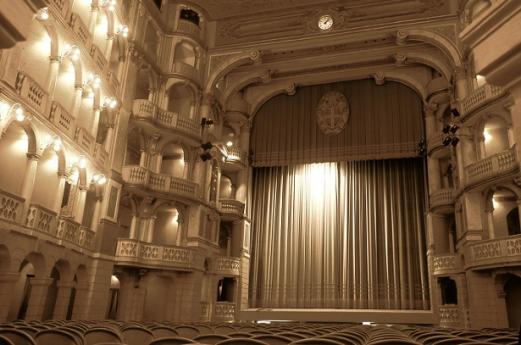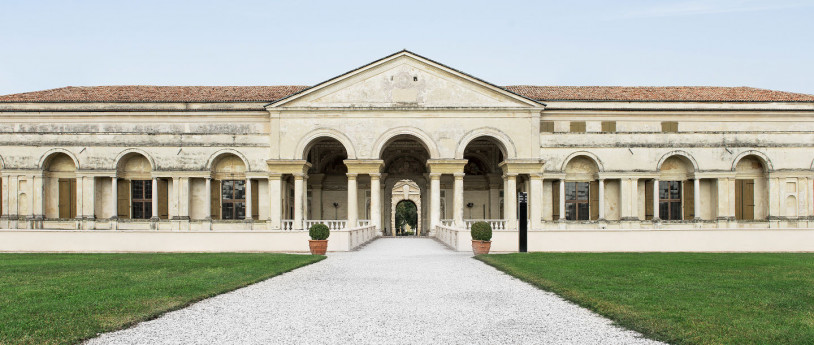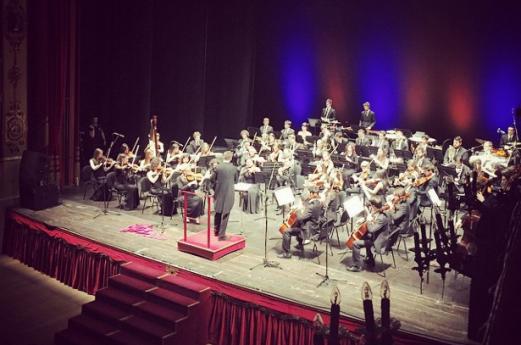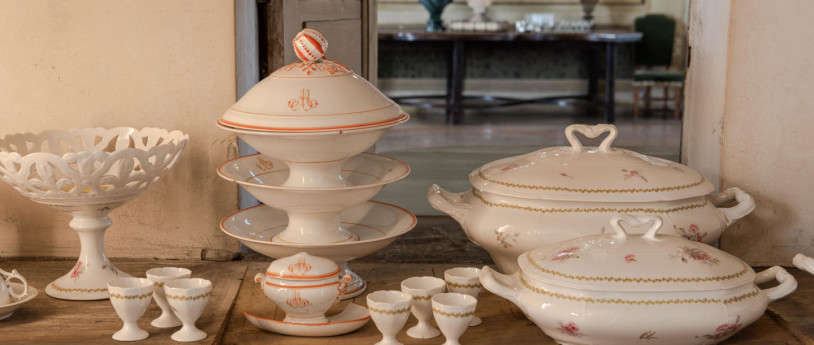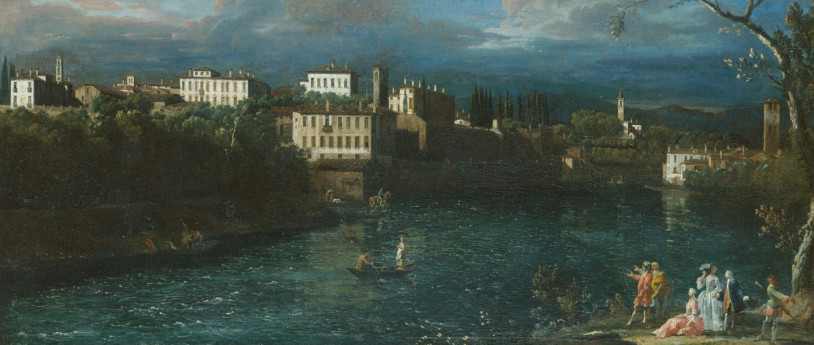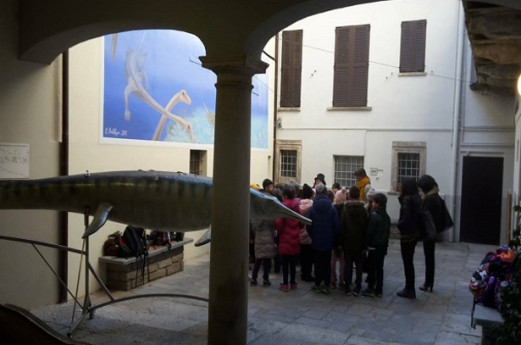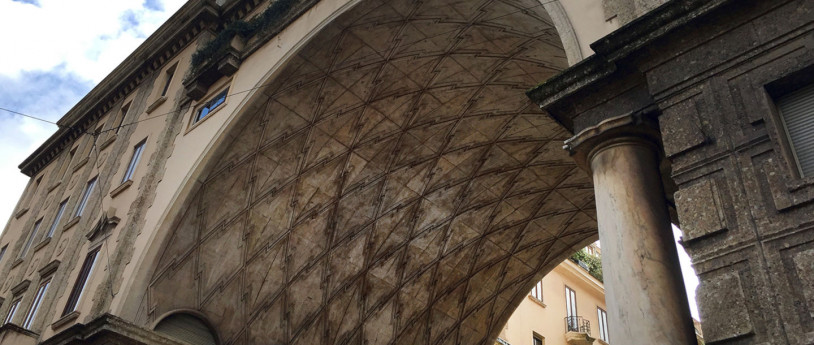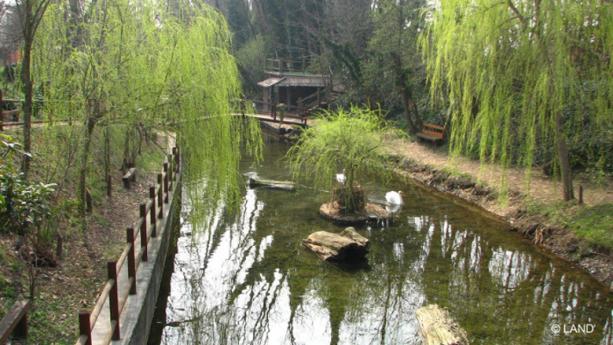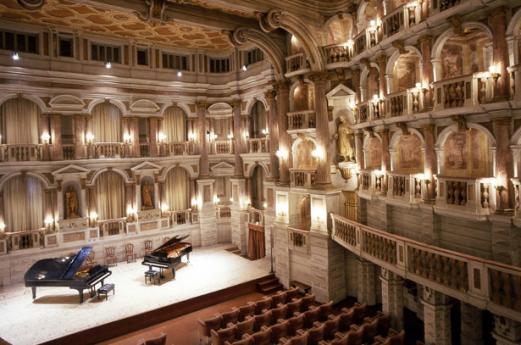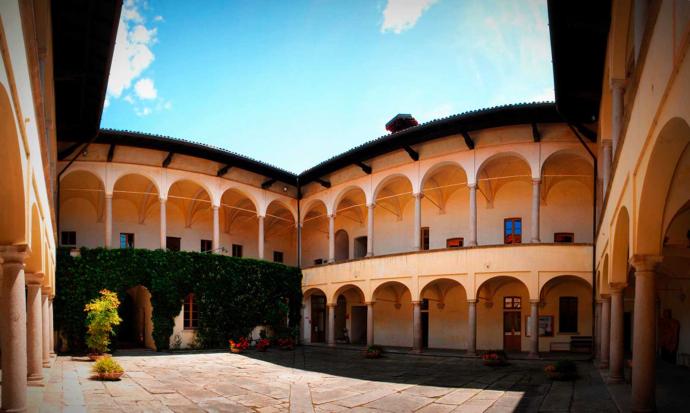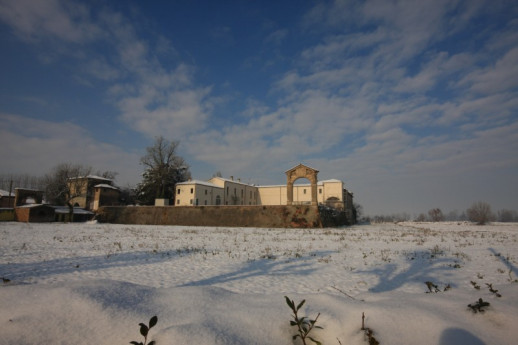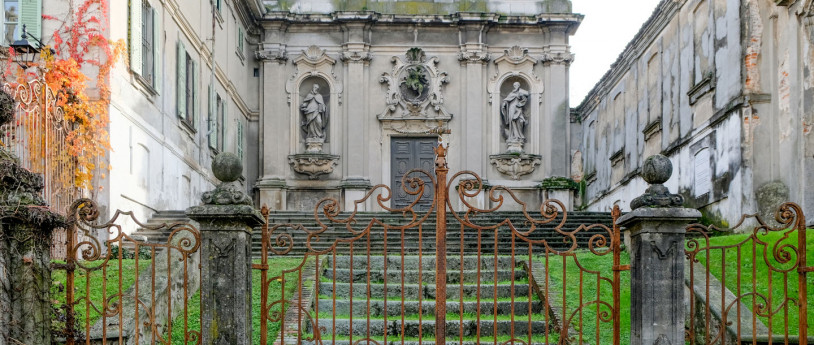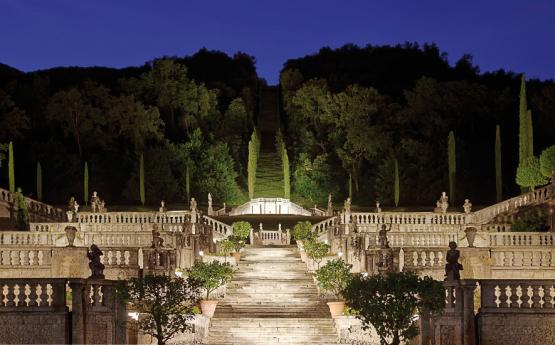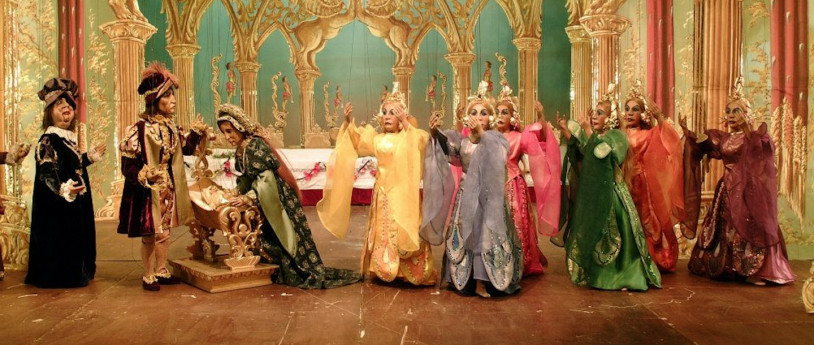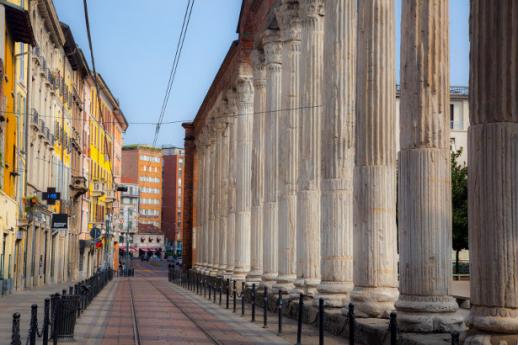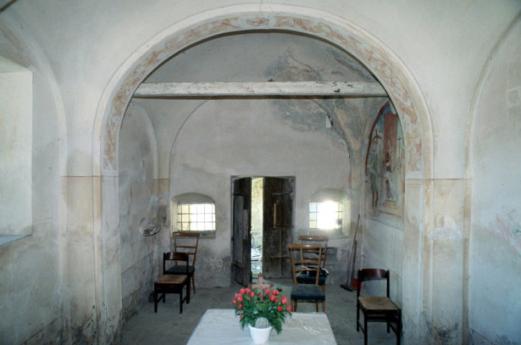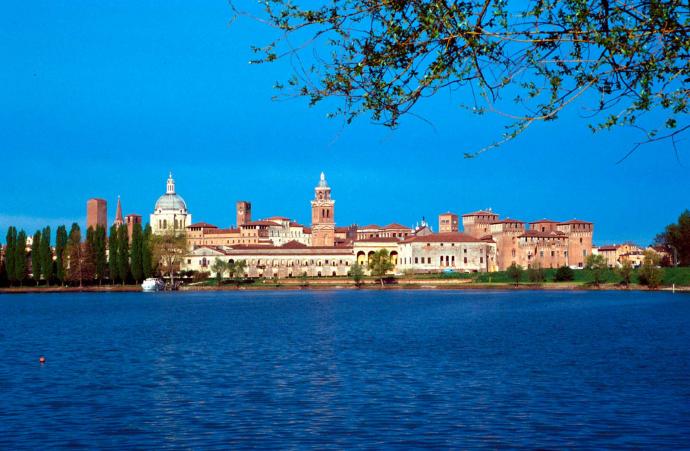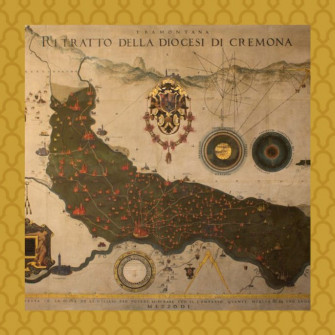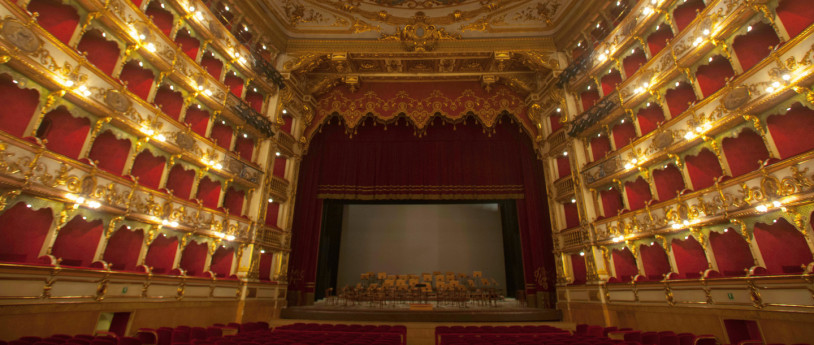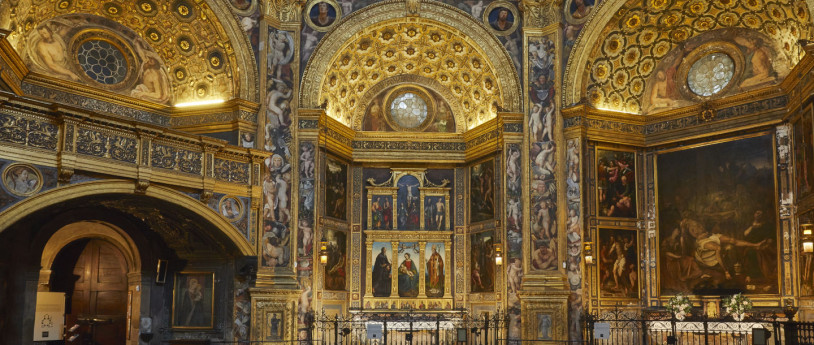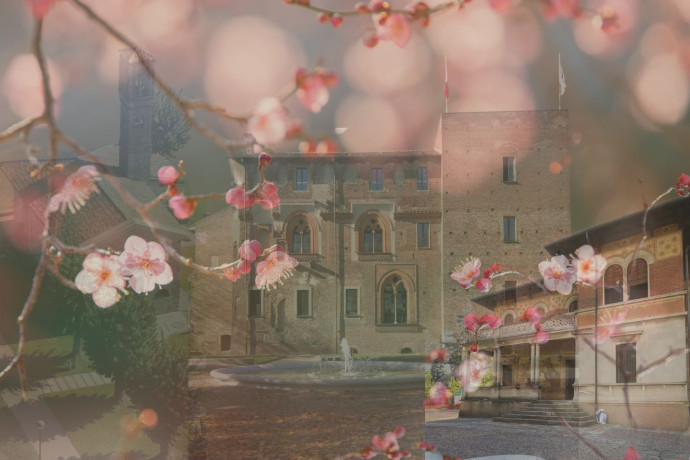- Art & Culture
5 medieval monuments in Lodi
A journey of discovery through the Middle Ages, from Borghetto Lodigiano to Lodi.
A journey to discover the historic palaces and castles of Lodi and its surroundings. From Borghetto Lodigiano to Casalpusterlengo, passing through Codogno and Somaglia, uncover the medieval history of Lombardy.
Without doubt, Lodi represents the heart of medieval Lodi, with castles and monuments that are rich in history and full of charm. But the surrounding towns also have plenty to tell: here is a short itinerary that will allow you to discover the secrets of five fascinating places that bear witness to the Middle Ages.
1. Palazzo Rho (Rho Palace) in Borghetto Lodigiano
Piazza Gen. Dalla Chiesa, 1 - Borghetto Lodigiano (LO)
In the town’s main square you will find a building constructed by Alessandro Rho during the 15th century. Palazzo Rho was probably built when its owners became the lords of Borghetto Lodigiano. On the palace’s facade, three large windows adorned with terracotta reliefs and friezes stand out, alongside the heraldic symbol of the family (representing a wheel) and the crest of the town of Borghetto. Built with exposed brick walls, it is thought to have been constructed on the remains of the ancient castle that dominated the town centre. Today, the palace is the seat of the municipality of Borghetto Lodigiano and is home to the so-called Piccolo Museo dei Lavori Umili (Small Museum of Humble Works), which can be visited subject to booking (from Monday to Friday, 9:30 to 11:30).
2. Torre dei Pusterla (Pusterla Tower) in Casalpusterlengo
Piazzetta Pusterla, 5 - Casalpusterlengo (LO)
Bearing witness to the former presence of a castle defended by a moat, built during the times of Pusterla, today only its Tower remains, which extends above the roofs of the old part of Casalpusterlengo and has in the meantime become something of a symbol of the town. The monument has undergone several restorations and the crenellated crown, which was once covered by a roof, has been restored to its original splendour. The Tower is now the seat of Pro Loco and an important venue for artistic and cultural exhibitions.
3. Palazzo Trivulzio (Trivulzio Palace) in Codogno
Via Galileo Galilei, 8 - Codogno (LO)
During the Middle Ages, the castle, with its 4 towers, was the oldest construction that dominated Codogno. With the advent of the Trivulzio family’s domination, however, the town expanded beyond its medieval dimensions. The seat of power was thus relocated to Palazzo Trivulzio (today in private ownership). This aristocratic construction, erected during the 15th century, features a closed court with regularly placed solid bricks, covered with plaster. On the facade, you will notice a large wooden door, which is part of an architectural motif made in stone. Within the Palace, you will find an exterior gallery with pebble and terracotta flooring.
4. Castello Cavazzi (Cavazzi Castle) in Somaglia
Piazza XXV Aprile - Somaglia (LO)
The impressive building that dominates the Somaglia countryside was rebuilt during the 14th century upon foundations that may date back to the year 1000. In 1600, the Castle was the subject of modifications overseen by the Cavazzi counts and barons, based on the historic method of transforming medieval constructions into palaces. The original entrance, featuring iron plates (replaced in 1780), dates back to 1116. Over time, the Castle’s tower lost its defensive role and is today the main entrance. Inside, you will find a small court that can be accessed by an impressive staircase, once decorated with portraits of the aristocratic Cavazzi family and Barnabò Visconti. The internal part of the building, however, preserves no trace of its former splendour, except for a frew frescoes in the so-called sala d’armi (arms hall). The Castle, gifted to the Municipality, now hosts cultural exhibitions and institutions.
5. Castello Visconteo (Visconteo Castle) in Lodi
Piazza Castello, 30 - Lodi (LO)
To defend the eastern border of the capital of Lombardy from possible attacks, the German emperor Frederick I decided to establish a fortification that could be accessed via the Porta Imperiale (Imperial Door). The Visconteo Castle in Lodi was subsequently expanded with the addition of four towers and underground prisons. In 1456, the duke of Milan, Francesco Sforza, also added a round tower (known as the Torrione) to the northern edge, which became one of the symbols of Lodi. It is estimated that the city was intersected by a dense underground network, and some of these tunnels have been discovered right beneath the castle. Today, the building cannot be visited, as it is the seat of the Questura (central police station).
